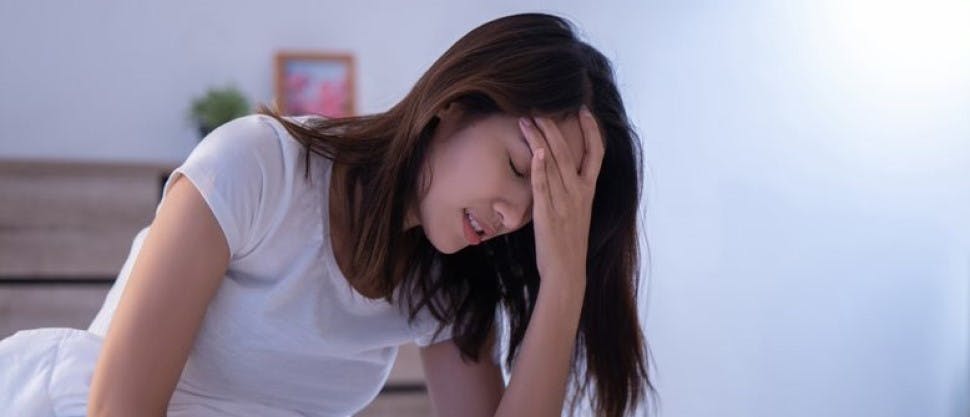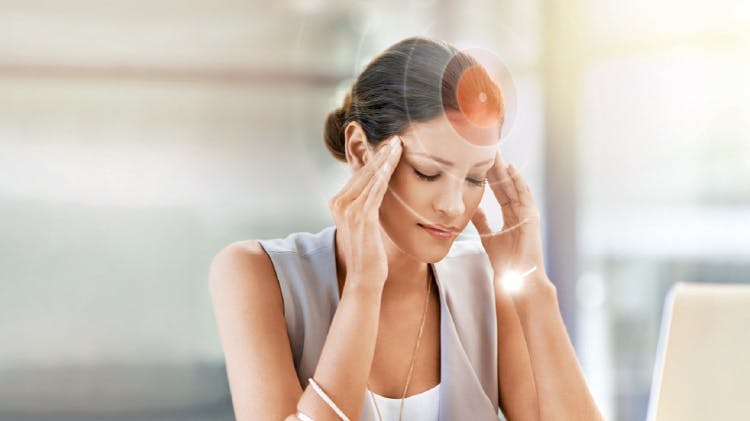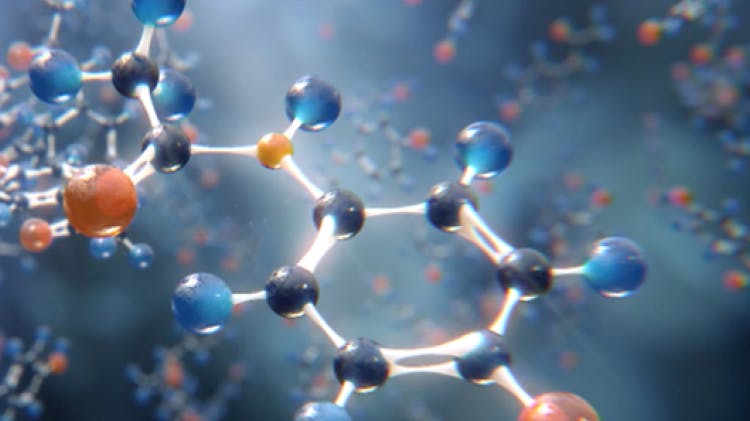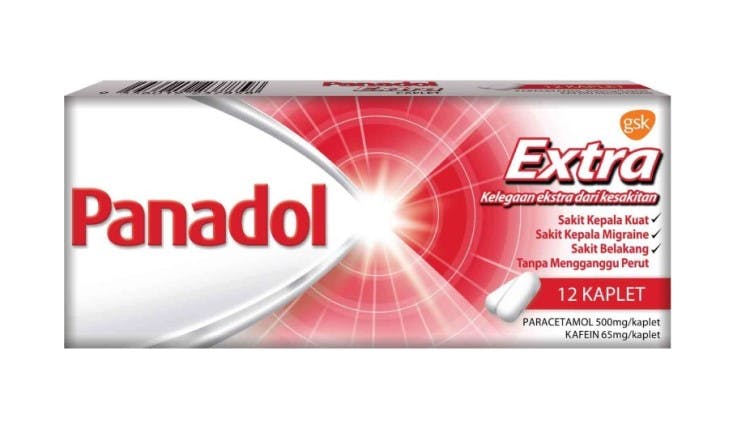Tension-type headache and migraine – signs & symptoms

How do patients present?
Tension-type headache
Tension-type headache (TTH) usually begins during the teens and it tends to affect more women than men. TTH is usually described as a pressure or tightness, like a band around the head that may feel like it is coming from or radiating to the neck.1
Migraines
Migraines also tend to start around puberty and usually affect those between the ages of 35-45 years old. Like TTH, it seems to affect more women than men due to its association with hormonal influence. Migraines may also present with other symptoms and is more severe than TTH.1
Signs, symptoms and “red flags”

Distinguishing between tension-type headache and migraines2,3
| TTH | Migraine |
| At least 10 episodes lasting around 30 minutes to 7 days per month | At least 5 attacks per month that last 4-72 hours if left untreated or is unsuccessfully treated |
Associated with at least 2 of the following: - on both sides of the head - pressing or tightening quality - non-throbbing in nature -mild-to-moderate intensity - not aggravated by routine activities |
Associated with at least 2 of the following: - on one side of the head - pulsating or throbbing in nature - moderate or severe pain - aggravated by or causes avoidance of routine physical activity such as walking or climbing stairs |
It should not be associated with: - nausea or vomiting - sensitivity to light and/or sound |
It should include one of the following: - nausea and/or vomiting - sensitivity to light or sound |

Signs and symptoms associated with phases of migraine4,5
Unlike TTH, there is a recognised pattern for a migraine attack. However, remember that this may not apply to all migraine sufferers. Each phase is usually associated with progressive symptoms as the migraine reaches its peak before subsiding.
| Phase | Characteristics |
| I – Prodrome or premonitory phase | Blurred vision Food cravings Feeling tired, irritable or depressed Can occur hours or days before the pain starts |
| II – Aura phase | Occurs in patients who experience migraines with aura Changes to vision such as zigzag lines, flickering lights or a blind spot in the field of vision Sensations in the skin such as tingling and numbness in the hands or face |
| III – Attack or headache phase | Headache starts as a throbbing or pulsating nature and is usually on one side of the head This phase can last any where from 4-72 hours |
| IV – Postdrome or resolution phase | Once the worst of the pain recedes, patients are left feeling tired, irritable and depressed Concentrating is also difficult |

“Red-flag” symptoms2-5
Though common, TTH and migraines are not the only causes of headaches. Sometimes, patients could present with symptoms or a history that should be considered for urgent referral to either a doctor or a specialist. These include:
| “Red-flag” symptoms |
| A severe and abrupt onset of headache |
| Headaches that have suddenly “appeared” in middle-age or older (> 40 years old) |
| Associated complaints that may indicate problems with the nervous system like a stiff neck, focal signs (drooping face, paralysis on one side of the body and slurred speech) suggestive of a stroke and, reduced consciousness |
| Other signs such as fever, looking ill and, nausea and/or vomiting that occurs without history of or other symptoms of migraines |
| Significant changes in the pattern of headaches experienced e.g. increased frequency or worsening severity |
| Severe headaches at night or when waking up in the morning as, it could be something other than migraines |
| Onset with strenuous physical activity such as exercise |
Understanding headaches and migraine
Headaches & migraine overview
Find out more about how headaches and migraines impact people’s life.

Learn about the causes and triggers
Discover the causes and triggers for the more common types of primary headache disorders – tension-type headache and migraines.
What can you recommend to your patients for pain relief from their headaches?
Find out more about both non-pharmacological and pharmacological treatments for tension-type headache and migraine.
Learn more

Paracetamol
Paracetamol or acetaminophen is one of the most used analgesic and antipyretic over-the-counter drugs globally.6

Panadol Extra
With a dual “active” formulation that fights tough pain such as headaches,7,8 migraines,9 dental pain10 and menstrual pain.11

Customer case for pharmacists
Specially tailored for pharmacists, discover in-depth information on how to manage your migraine patients.
